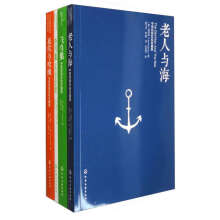As its name implies, space science is the study of space, i.e.“Taikong”in Chinese, or more specifically scientific research that has to be carried out in space. To be exact, with spacecraft as the main tools, space science is defined as the study of natural phenomena and their underlying rules in physics, astronomy, chemistry, and life sciences which exist in solar-terrestrial space, interplanetary space, and even the universe as a whole. In October 1957, the first man-made satellite “Sputnik” was launched.
Since then, unprecedented new instruments and methods have been developed in order to explore space, and a stream of revolutionary discoveries has been achieved.
These discoveries have, in essence, revealed a completely new universe, and profoundly changed our understanding
of nature and human beings, as well as human life itself.
Einstein predicted that the frontier of natural science would gradually shift to both macro and micro forefronts, and current research in space science is aimed at both the universe in the macroscopic sense, and particles and the
origin of life in the microscopic sense. Among them, the search for dark matter and dark energy, detection of gravitational waves, and so on, continues to lead the development of human society, and open up new scientific frontiers.
Being highly explorative, the study of space science constantly demands novel instruments and spacecraft technologies, and the acquisition of new data mainly rests on the progress of new techniques. This trend greatly boosts the development of space technologies, which also extends to applications, bringing about potential economic benefits. Thus, space science has become the main driving force of space technologies and applications. It is also one of the major areas which engenders international cooperation.
The first reason to go for international cooperation is because any discoveries need not to be duplicated. It is vital for both the decision makers and scientists to avoid duplication when planning a mission. The second reason is
that the number of approved missions are always much less than that of the proposals due to the limited funds.
The scientists’ demands are unlimited while the government’s investment is limited. The need to combine financial
resources is becoming more and more pressing because of the increasing size and scope of space programs, and smoothly coordinated programs can often at least
double their overall output.
展开










